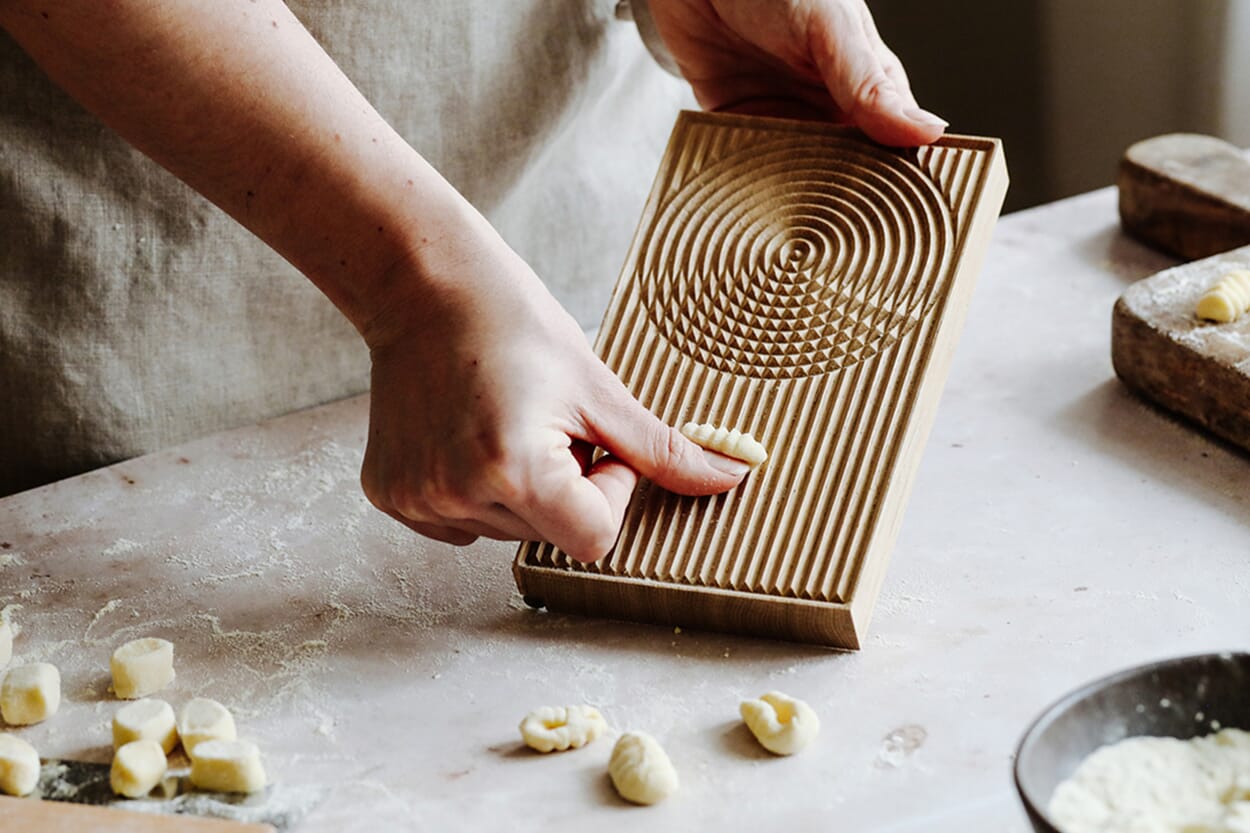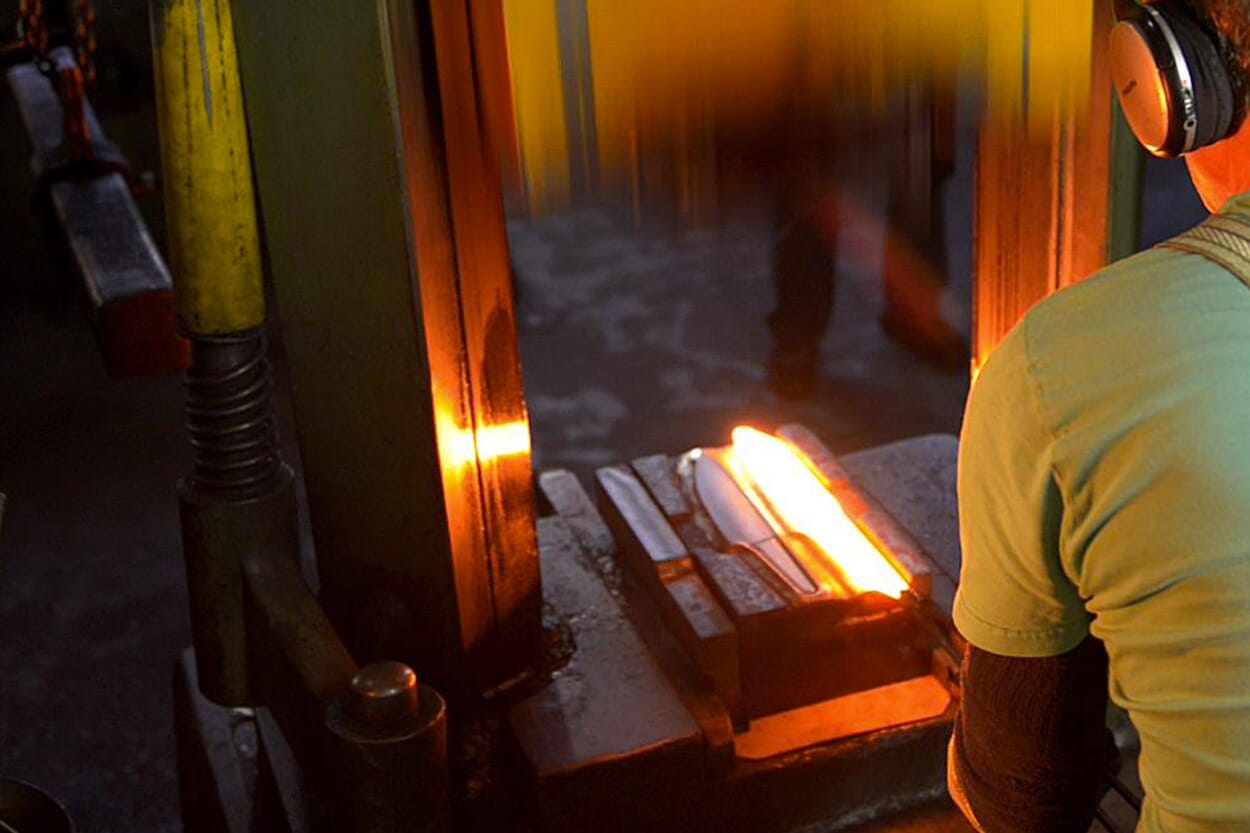From stove to hotspot
Kitchens are cultural history in a small space. Their design tells of technological upheavals, social role models and changing ideals. The journey from the Frankfurt kitchen of the 1920s to the open kitchen island of today is long - and revealing. Because kitchens often say more about our lives than any living room - as the Munich exhibition "Kitchen Culture" impressively shows.
Text: Lilian Ingenkamp
Who still knows it - the percolator? This fireproof pot in which strong, black coffee was brewed by constantly circulating water. It was once considered the ultimate in coffee preparation: kettle, brewer and serving pot in one. Popular in Germany until the 1950s, the percolator is almost forgotten today. But it tells us a lot - about technology, everyday life, taste and how kitchens and their appliances are always a reflection of their time. Or the "Frankfurt Kitchen", designed by Viennese architect Margarete Schütte-Lihotzky in 1926 as the world's first standardized fitted kitchen. Developed for the social housing program "Das Neue Frankfurt", it was compact but functional. "Schütte-Lihotzky thought a lot about movement sequences and how to optimize them," says Xenia Riemann-Tyroller. Together with Josef Straßer, she curated the "Kitchen Culture" exhibition at the Neue Sammlung design museum in Munich, where the percolator and a copy of the Frankfurt kitchen can be seen alongside other exhibits. "Working women were one of the main target groups for this kitchen, as more women went to work in the 1920s than before," Straßer continues. "Schütte-Lihotzky integrated cooking boxes to keep food warm and avoided large work surfaces - so that less cleaning was required."
Percolator from Siemens-Schuckert: once the ultimate in coffee preparation, now almost forgotten
Formative: The Bulthaup workbench (1988) was inspired by the work surface of a craftsman and designed as mobile and modular work furniture
The heart of the house: in 1957, Danish architect Arne Jacobsen designed a kitchen for the Berlin Interbau building exhibition that was more than just a place to work
Two decades later, the picture changed: architect Le Corbusier opened up the kitchen in his "Unité d'habitation" high-rise apartment building in Marseille. The model designed by Charlotte Perriand with a half-height counter facilitated interaction - both culinary and social. Cooking became part of communal life, no longer an isolated activity in the back room. A break with old role models - and the beginning of a new living culture. The Scandinavians also set the tone: in 1957, Danish architect Arne Jacobsen designed a kitchen for the Interbau building exhibition in Berlin that was more than just a place to work. It became the heart of the house - architecturally well thought out, comfortably staged. A workshop of life in which functionality met Nordic elegance. In the GDR, a more pragmatic approach was taken: The "Eschebach K21" from VEB Küchenmöbel Radeberg was functional, robust, but with a strikingly friendly design. The modular building blocks shone in soft colors: Mint, light yellow, peach. The furniture system was very successful in the GDR and Soviet Union.
While kitchen furniture changed over time, the range of appliances grew. Toasters, bread slicers, refrigerators and microwaves were introduced from the 1950s onwards - initially as technical Wunderwerke, later as status symbols. The kitchen was electrified, wired and automated. More and more new appliances promised convenience, efficiency - and the best taste. And today? "An important development in the modern kitchen is the kitchen block," says Xenia Riemann-Tyroller - but admits: "You need space to integrate these large kitchen islands." One model that helped shape this change was the Bulthaup workbench (1988). Inspired by the work surface of a craftsman, it was designed as mobile and modular work furniture. Sustainability also plays a role: during the coronavirus pandemic, the Munich collective J*Gast developed a kitchen system that saves material thanks to its filigree frame structure. Today, there are many variants between imposing luxury kitchens and pragmatic kitchen solutions, depending on lifestyle and requirements. And high-tech is also becoming increasingly popular: Some kitchens today are as smart as a computer, networked and controllable via an app. The oven knows the recipe, the fridge orders the milk. Sometimes you ask yourself: wouldn't the percolator be enough?
Images: The Design Museum / Gerhardt Kellermann, Freilichtmuseum Roscheider Hof / Helge Klaus Rieder, bulthaup
matching the topic
More about the kitchen
Why always reinvent everything? People have known and used the special properties of ceramics for thousands of years. This has always made ceramic containers ideal for storing and cooling food.
Pasta has been filling people up and making them happy for thousands of years. However, the cooked dough is not just a staple food, but also a creative challenge, as the variety of Italian pasta shows.
... is half cut: Based on this premise, designer Daniel Ronge and product developer Christian Lorentzen set out six years ago in search of the perfect kitchen knife.

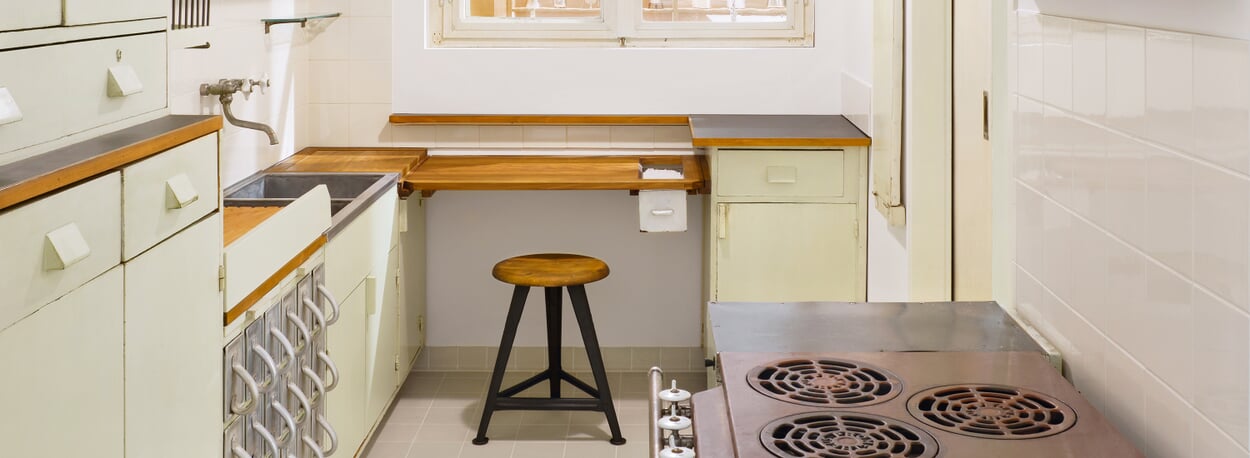

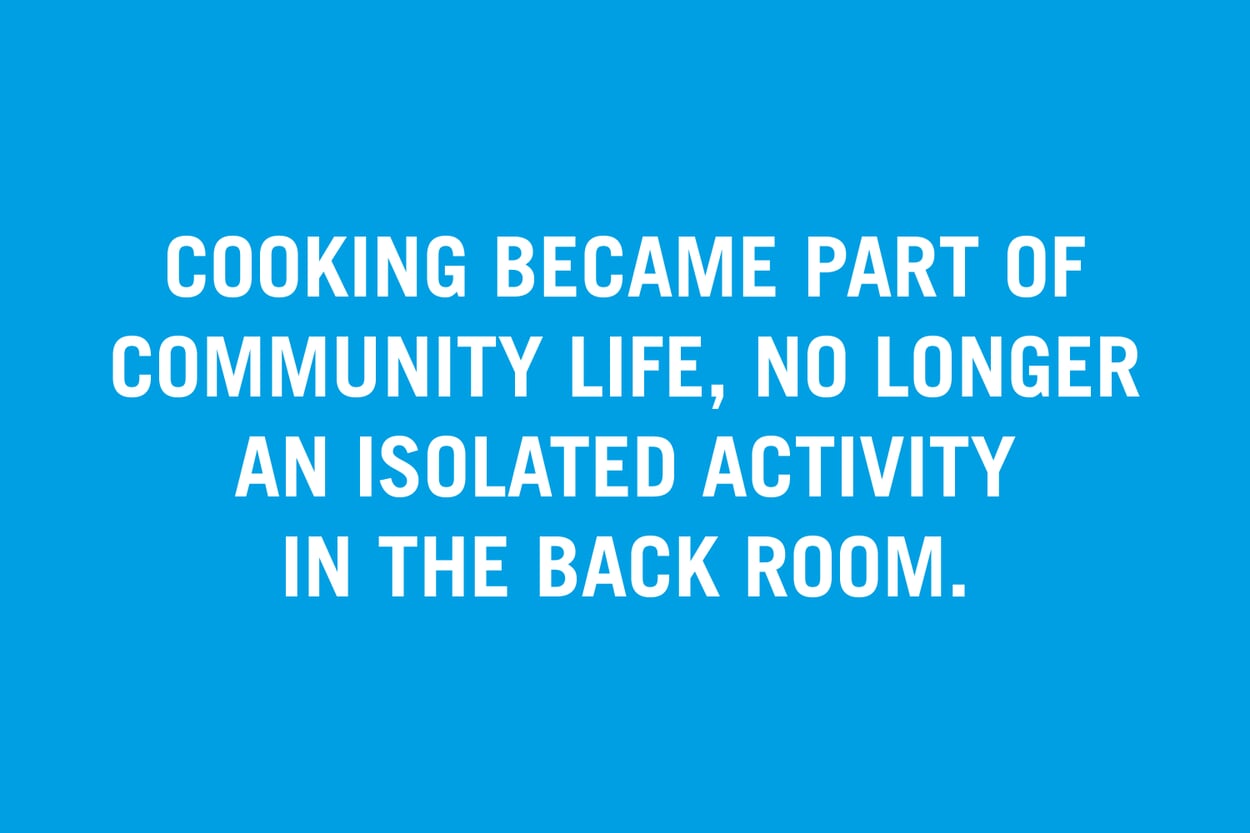



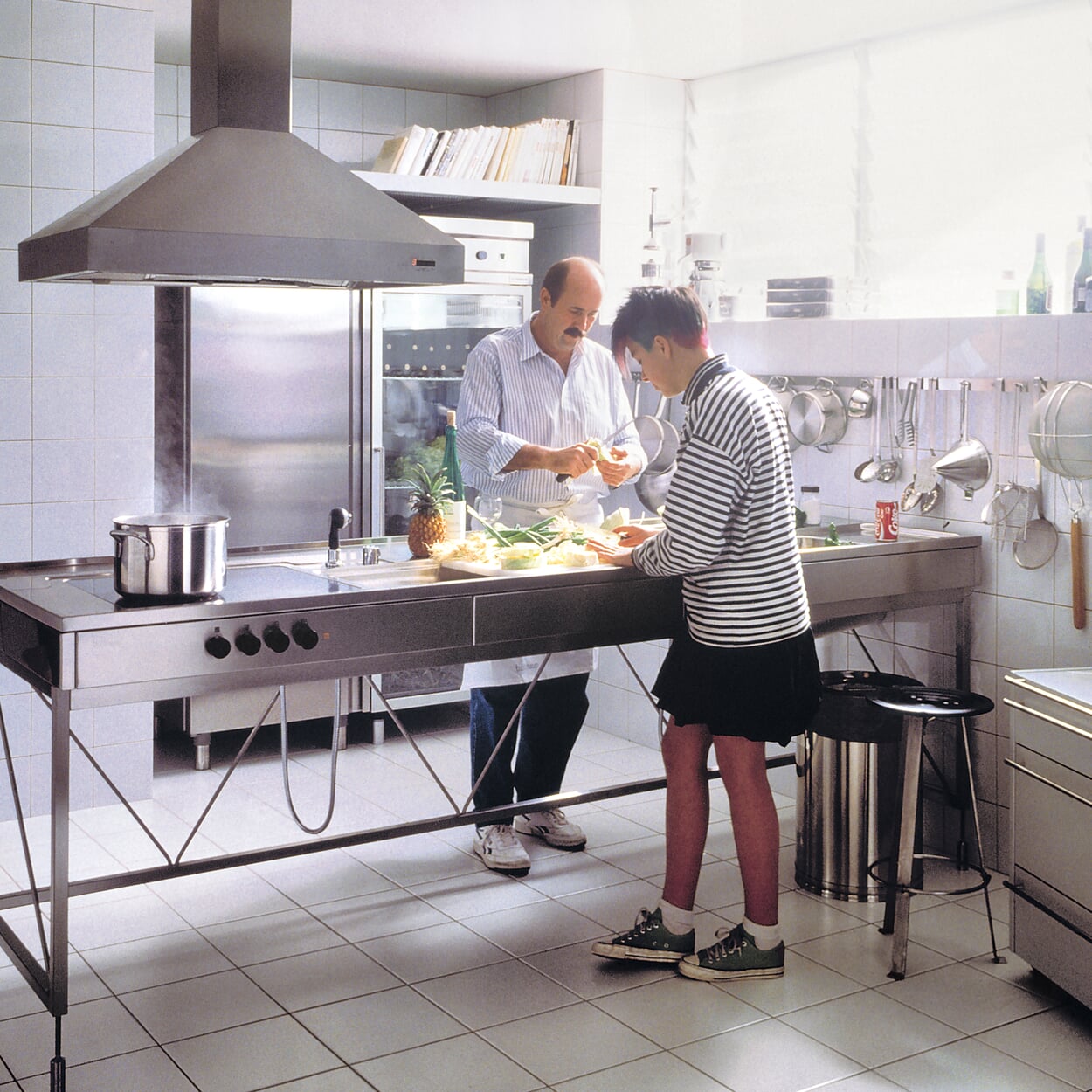



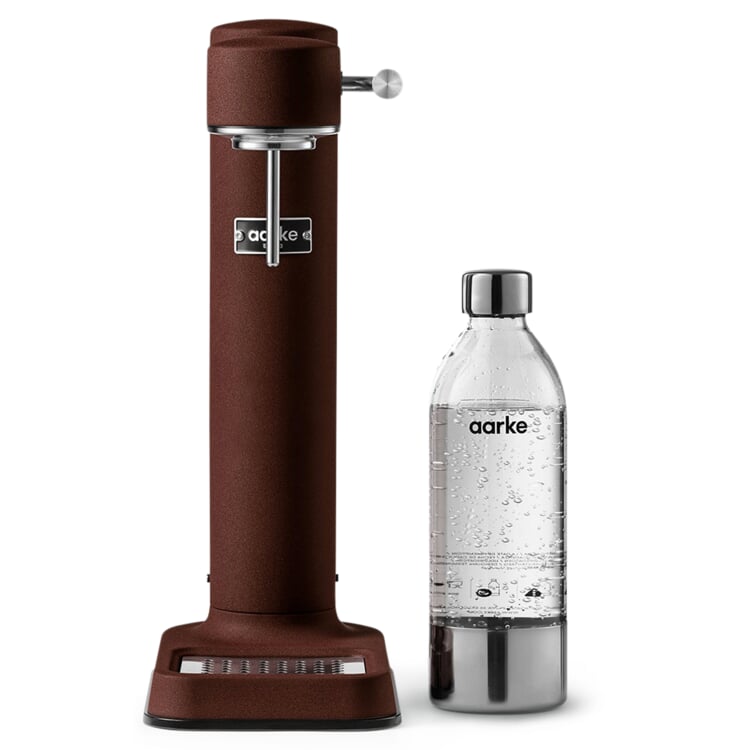

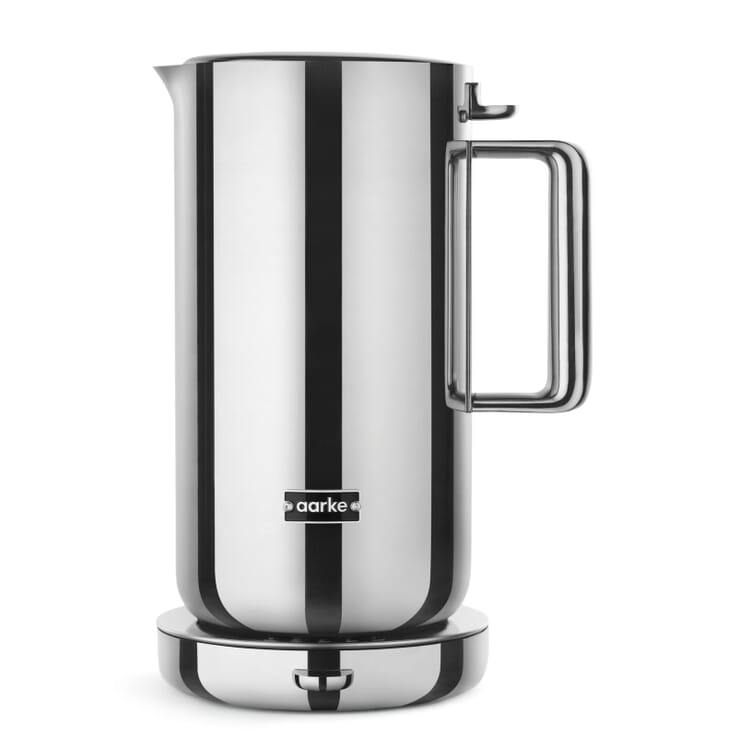



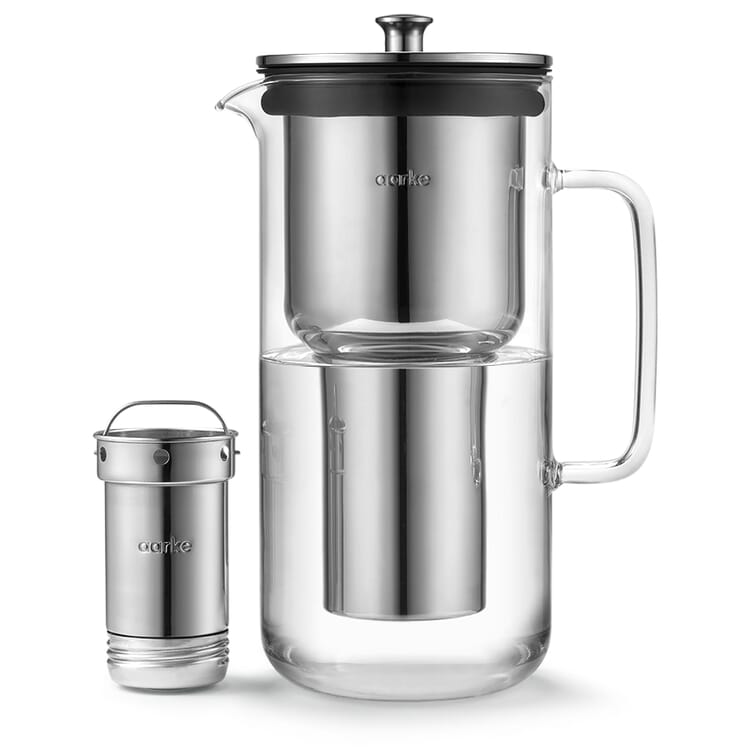

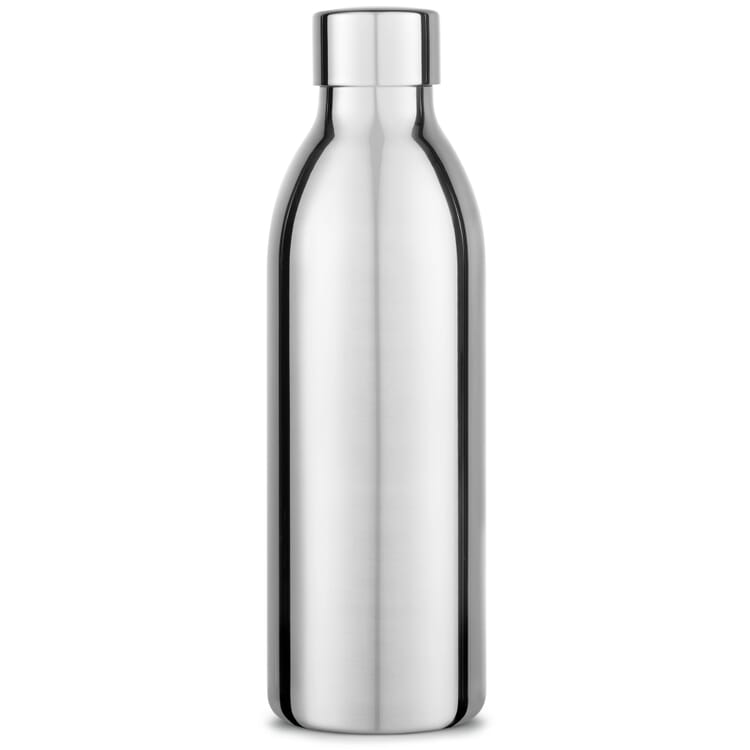

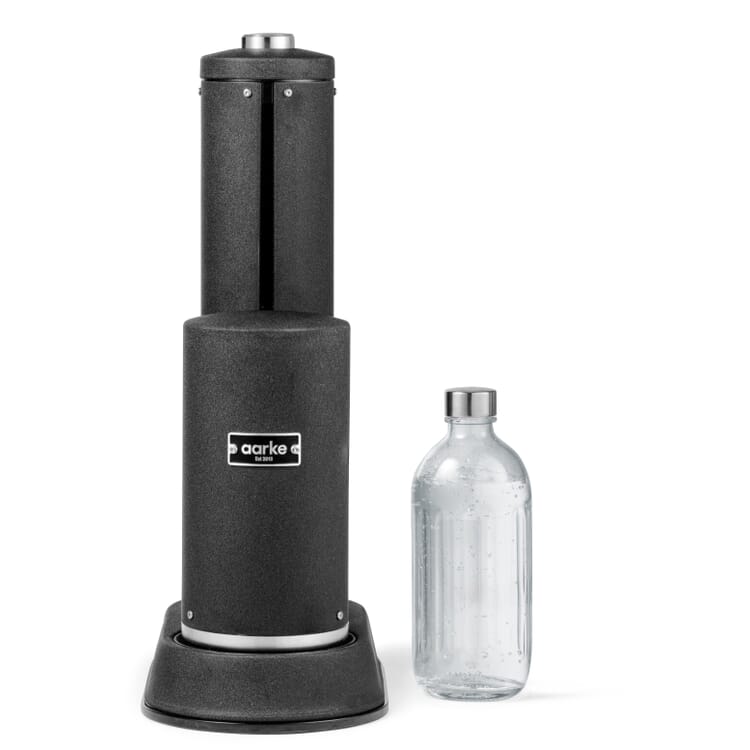



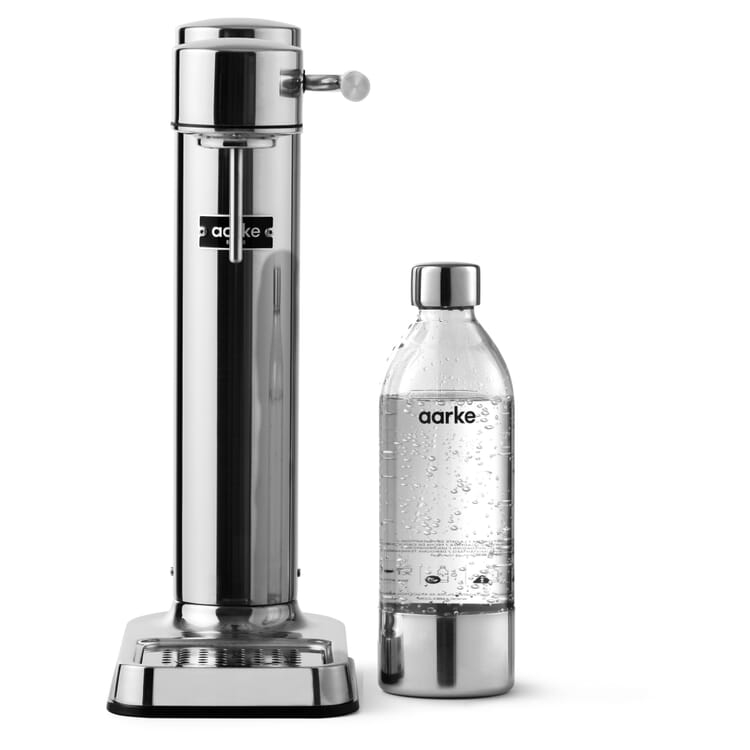

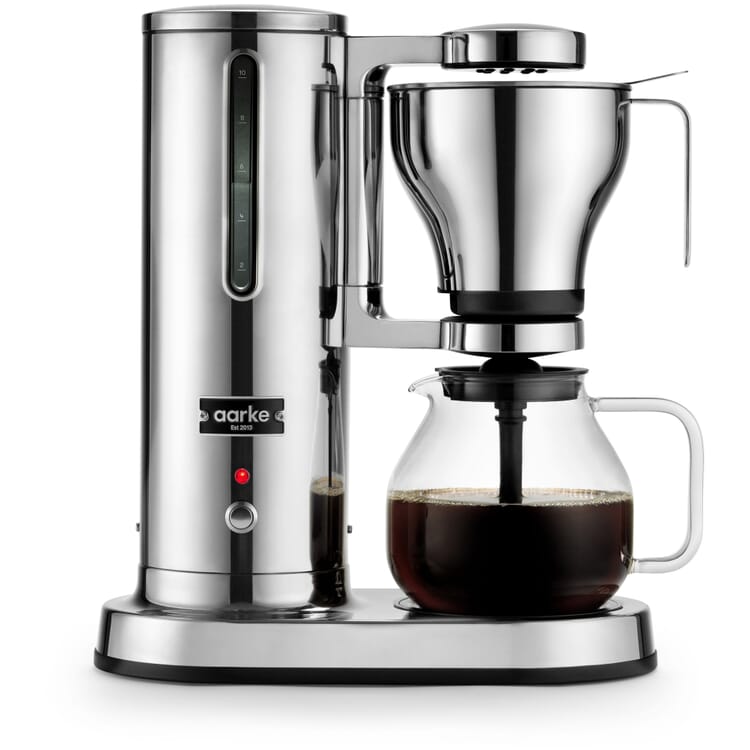

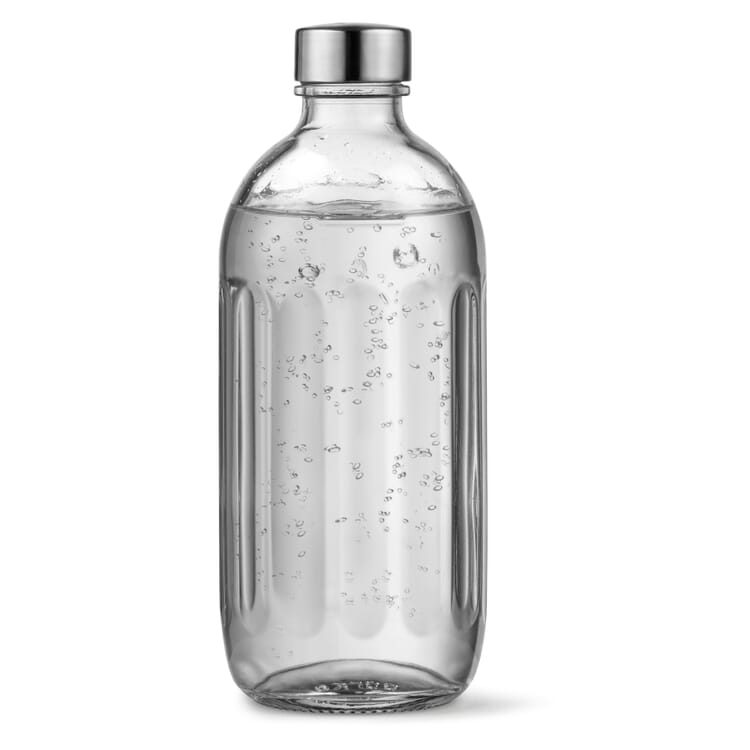

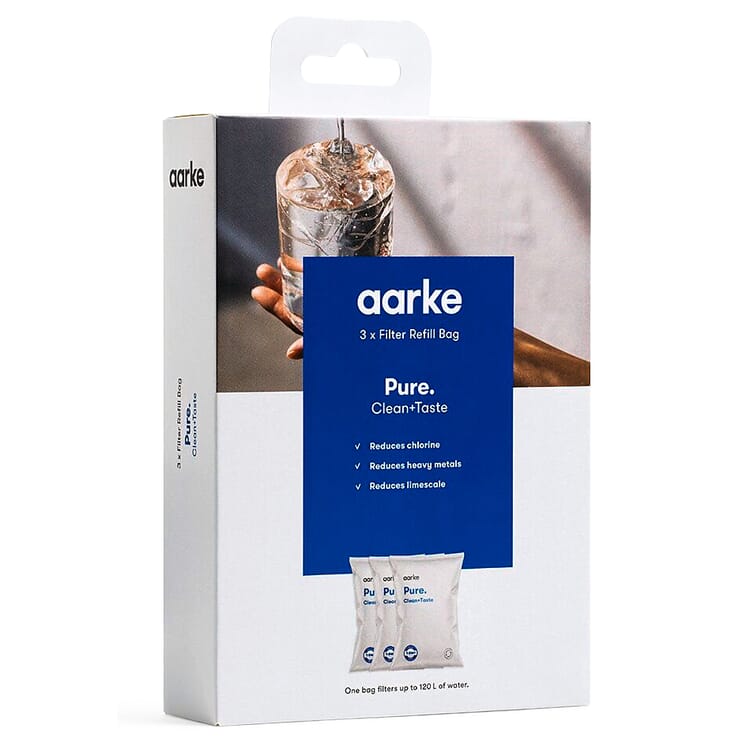

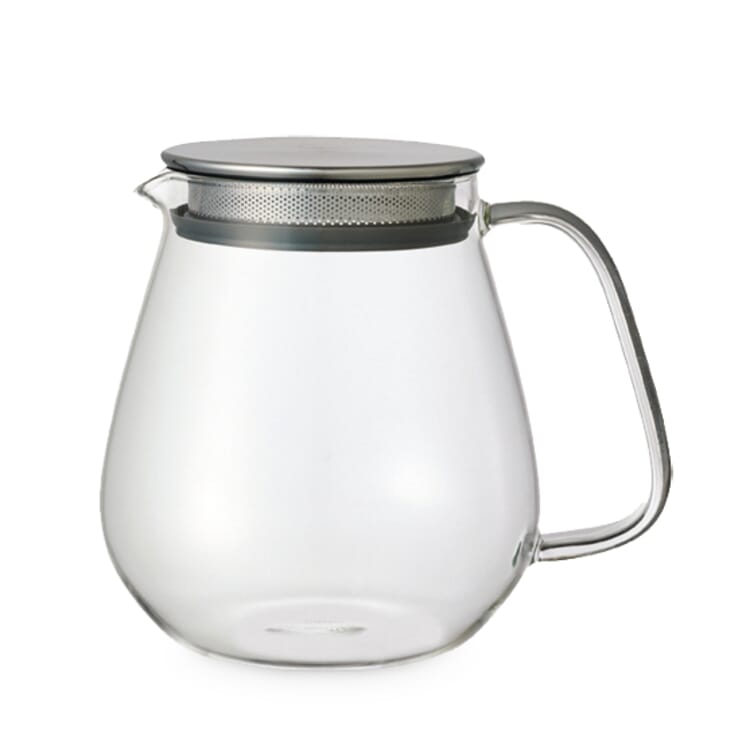

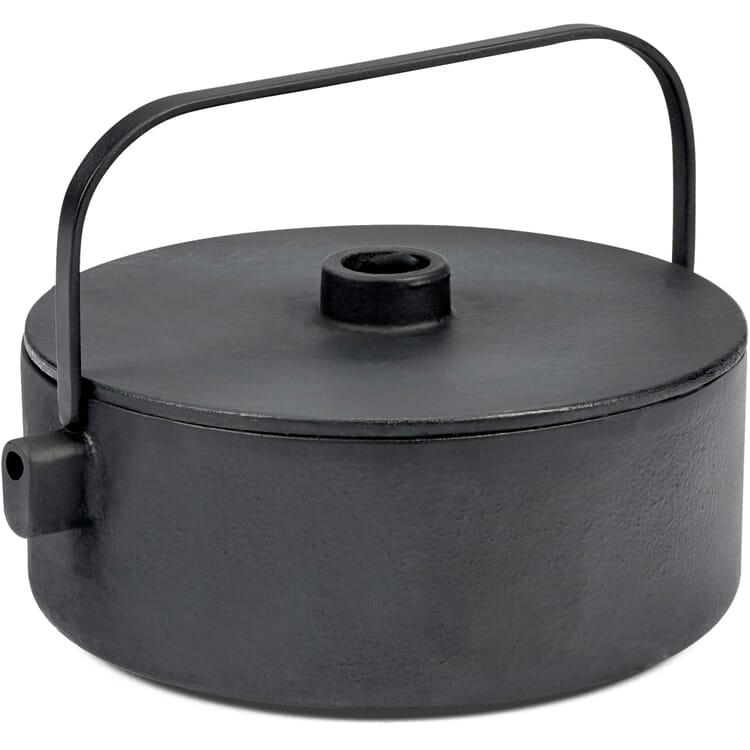

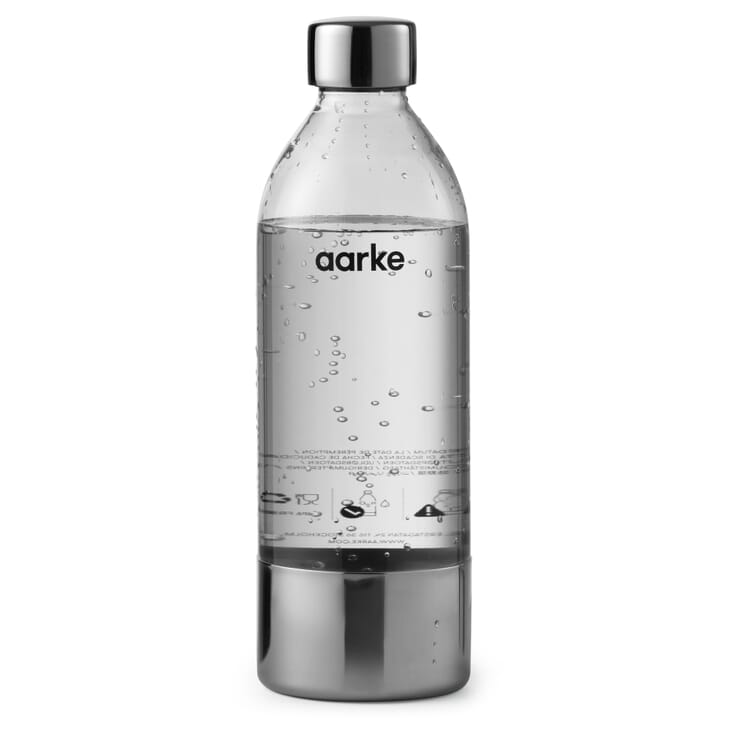

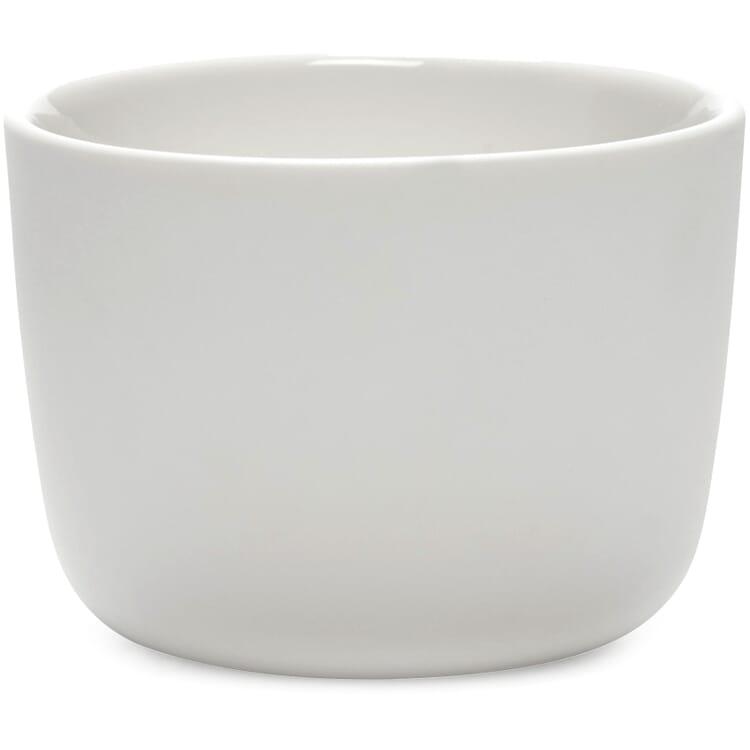

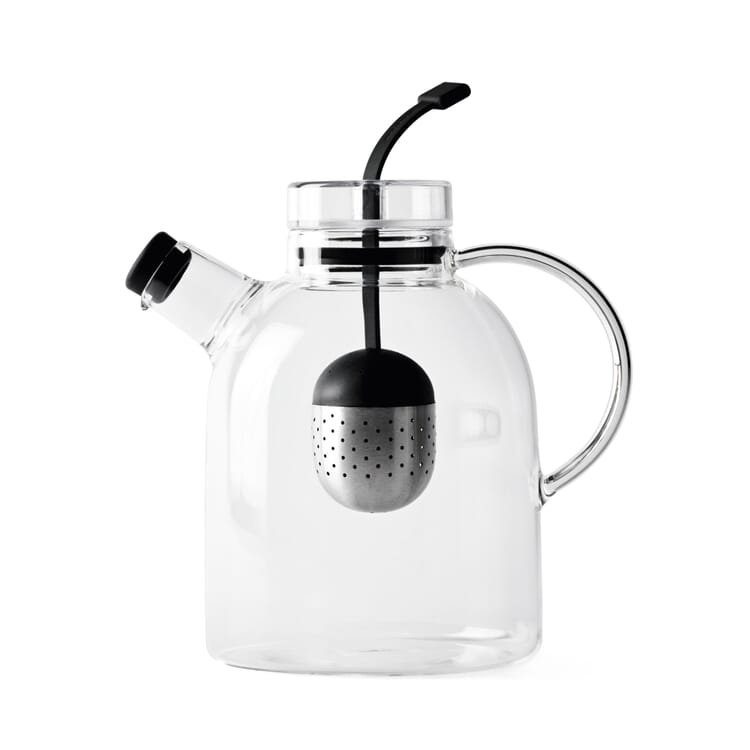

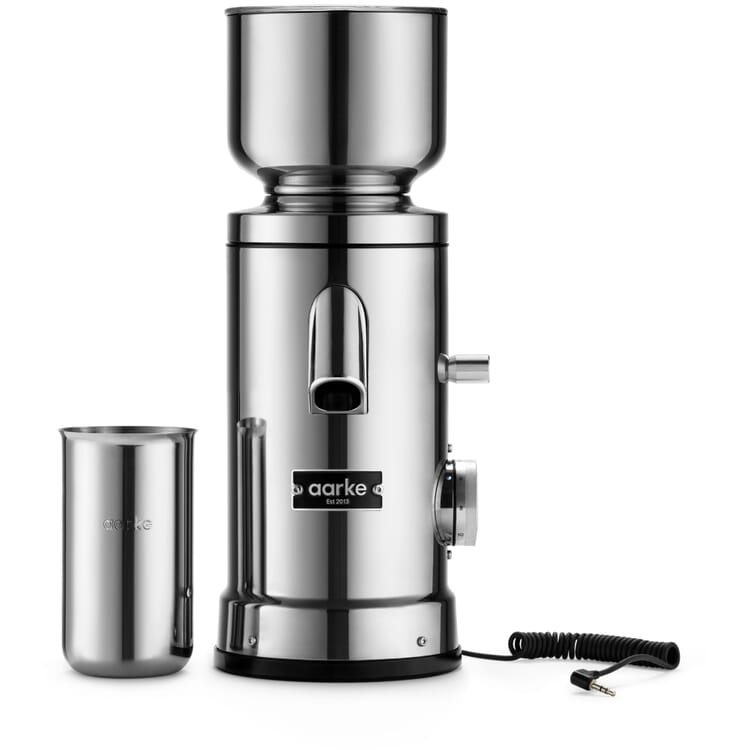

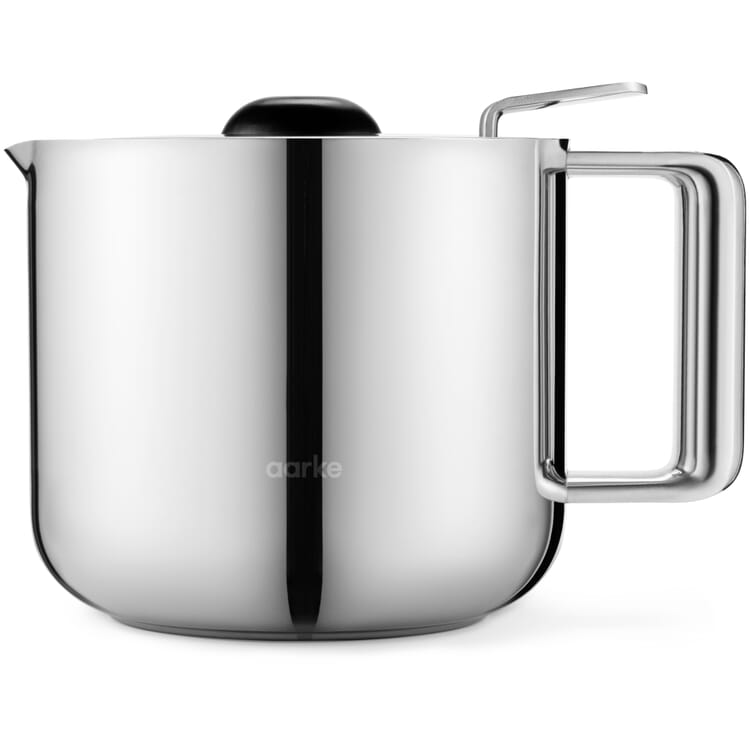

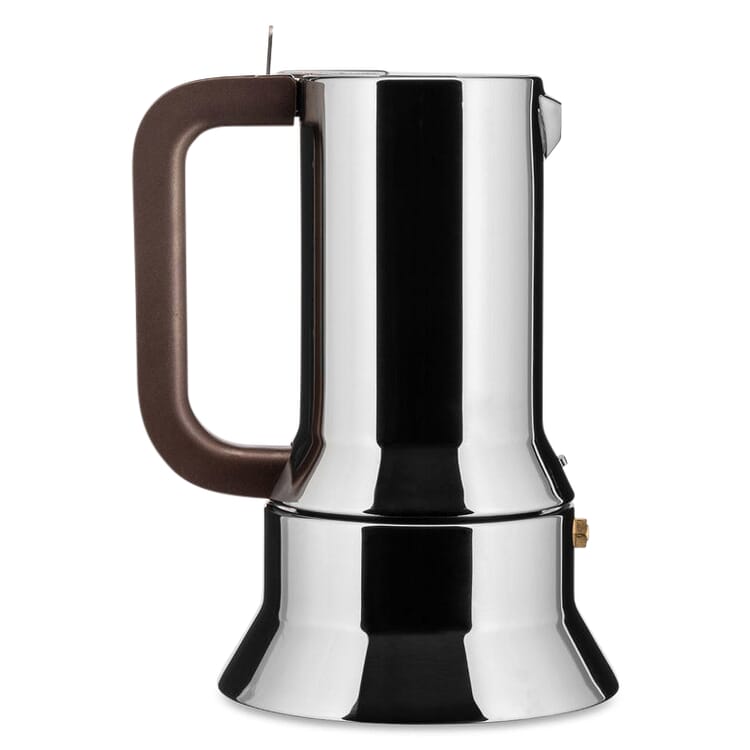

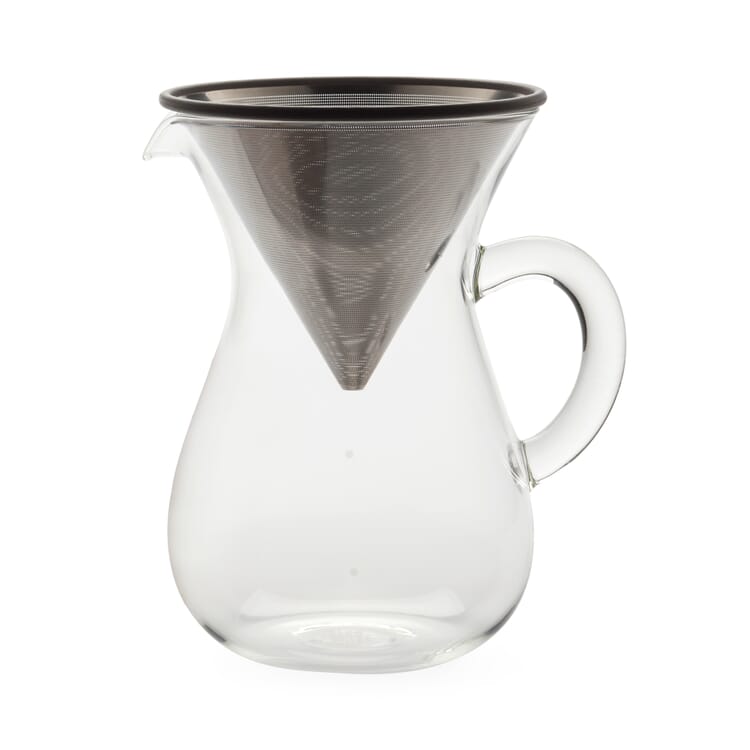

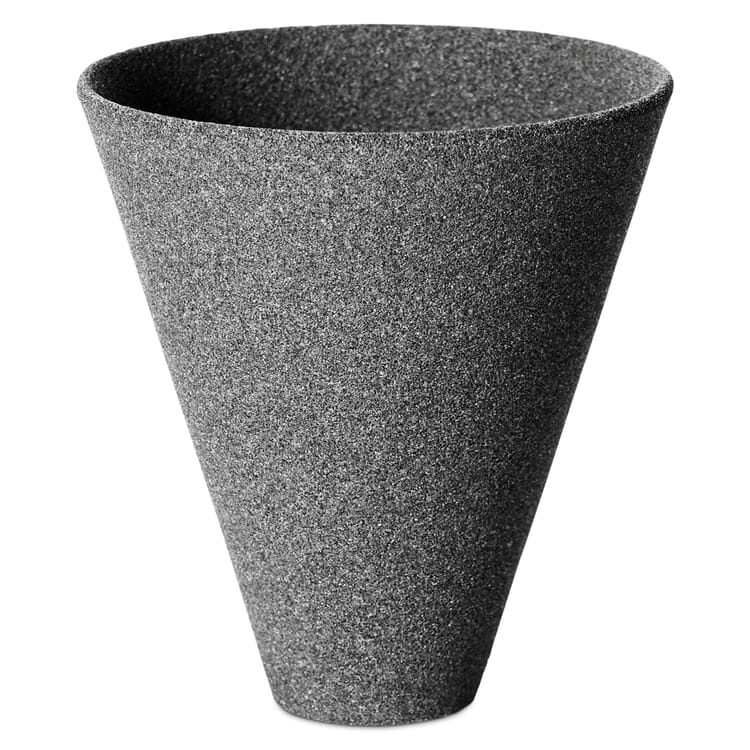

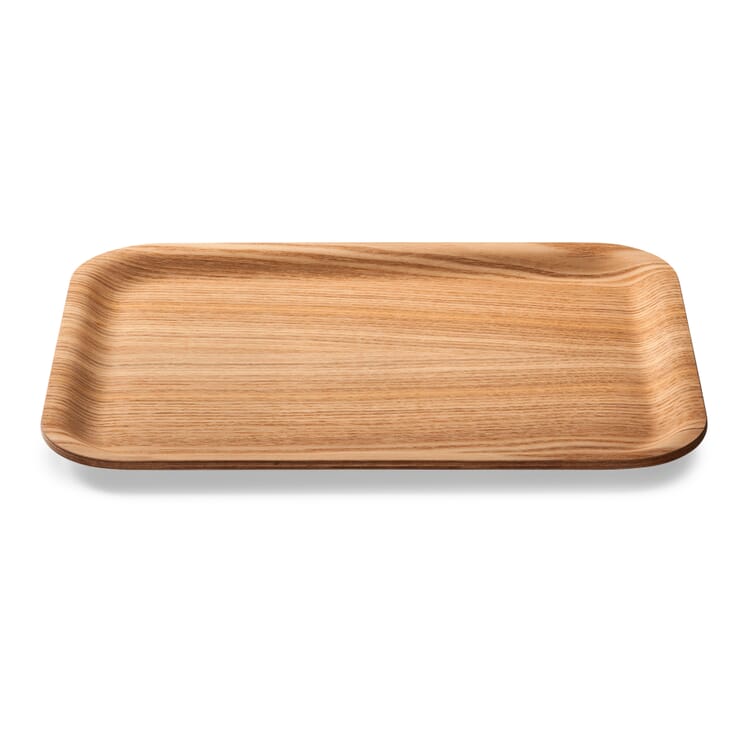

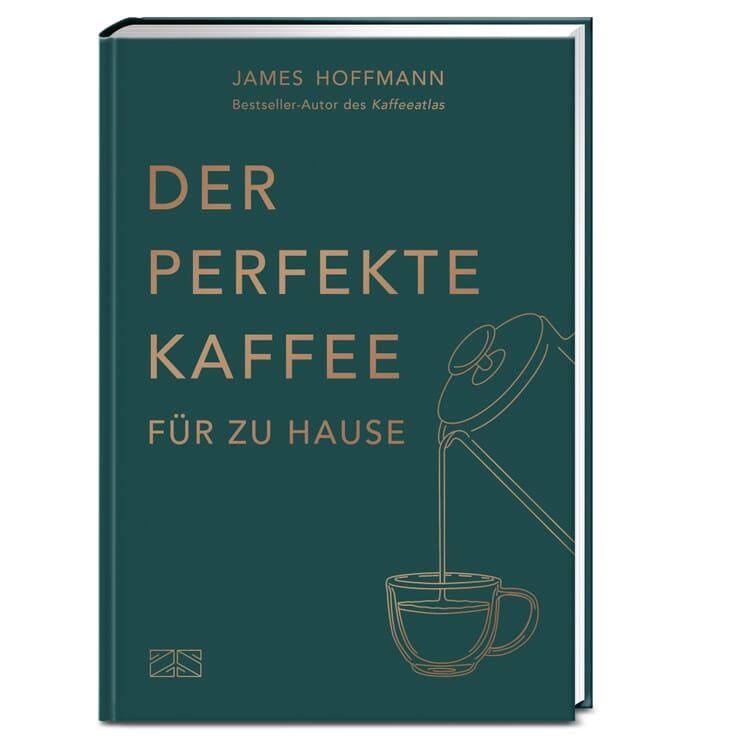

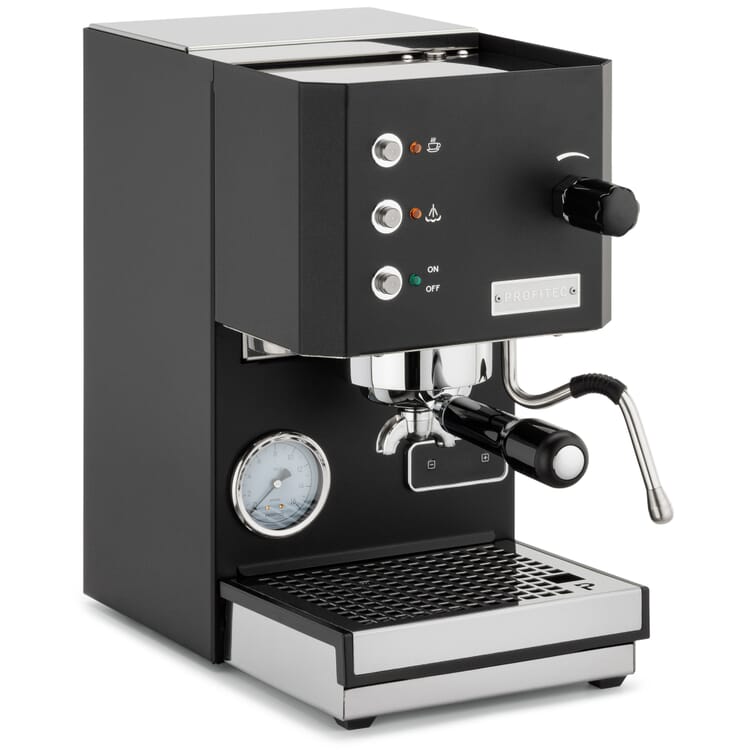

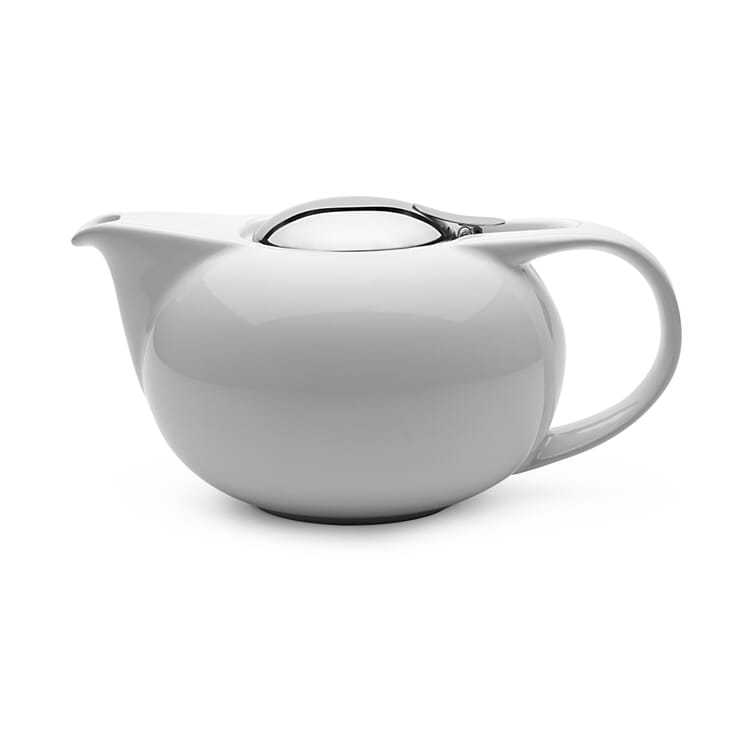

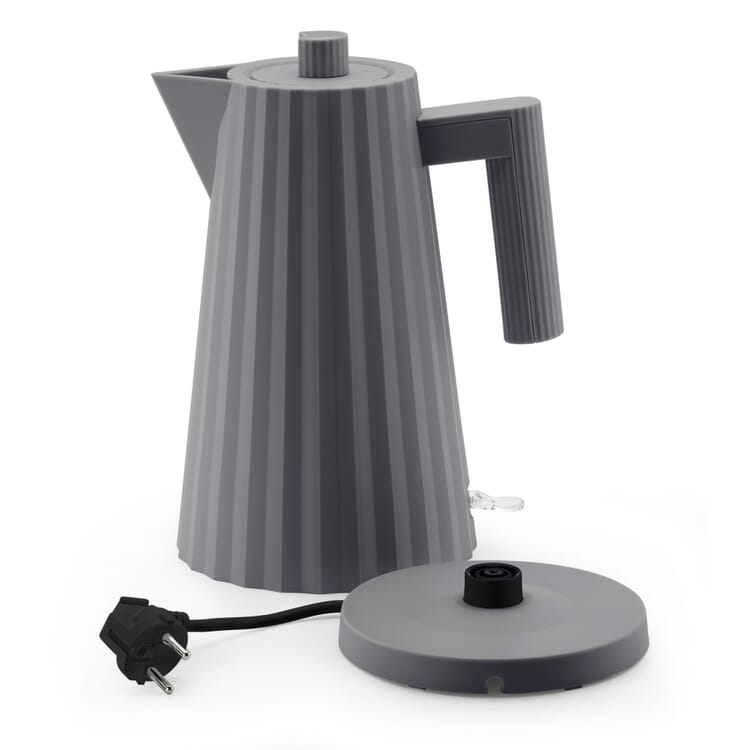
.png?profile=kuratorteaser_32)
.png?profile=kuratorteaser_1250)

